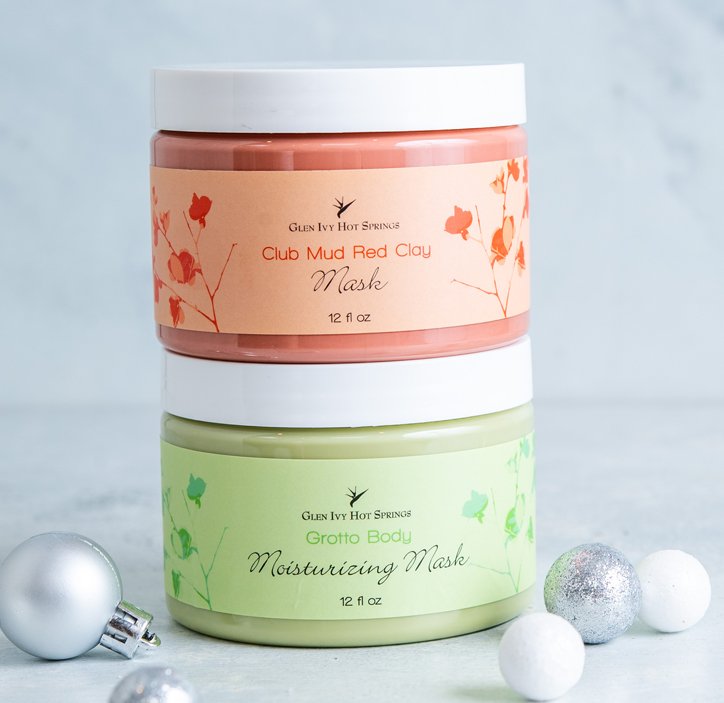Winter is officially making its way to California! Though we might be a bit spoiled and not have the coldest winters, the change in weather definitely still affects our bodies, especially our skin. The colder winter months typically involve cold air outside, hot and dry air inside and significantly less humidity in the air. All of these factors almost certainly lead to dry and flaky skin.
So how does one tackle the dry season? It might be helpful to better understand how and why your skin is dehydrated in the first place. The outer layer of human skin is made up of dead skin cells that are stacked on top of each other, sealed together by lipids. This wall of dead cells helps to keep moisture locked inside of your body–but this system is not totally foolproof. Once the cells beneath this barrier lose water, the cells begin to dry out, causing your skin to also dry and become dull. The unpleasant dry skin that results from this process can become itchy and begin to crack.
The first solution people will usually jump to is to moisturize as moisturizers are helpful in bringing relief to dry skin. Emollients and occlusives, prominent components in moisturizers, are ingredients commonly used to counteract dry skin. Emollients, or lotions and ointments, are used to soothe and hydrate the skin when irritated, whereas occlusives, such as shea and cocoa butter, help to seal and lock in the moisture. These two elements work together to treat dry skin and can provide temporary relief. Another major gameplayer in keeping skin healthy and hydrated is sunscreen. Though most people think to skip sunscreen during the winter, it’s still crucial to apply and protect the skin’s moisture barrier that can still be stressed in winter UV light.
Hydration, on the other hand, goes a bit deeper than moisturizers can by infusing water into those cells lacking moisture. One major way to increase hydration is by taking an internal approach. Drinking more water than usual during the winter is a surefire way to increase hydration. Your diet can also assist in this process by consuming foods that are high in antioxidants and omega 3-fatty acids, like berries and different types of fish.
A few other tactics to combat dry skin include reducing the length and heat of your showers and switching out your soaps, detergents and other skin-care products for gentler brands made for sensitive skin. Exfoliating your skin throughout the winter can be beneficial to keeping it looking vibrant and refreshed, but it’s good to only do so in moderation. Over-exfoliating, or using the wrong products, can break down the skin’s moisture barrier and cause the skin to crack further. Of course using hydrating masks and overnight treatments are always effective ways to treat your skin, but it’s important to know your skin and which products to avoid as some can lead to your skin being further dried out and damaged.
With skin being the largest organ in the human body, it’s imperative to know your skin and take care of it through its ups and downs and seasonal changes. Hopefully with these tips and tricks, you’ll be able to handle your dry skin this winter season and find which routine and products work best for you!




